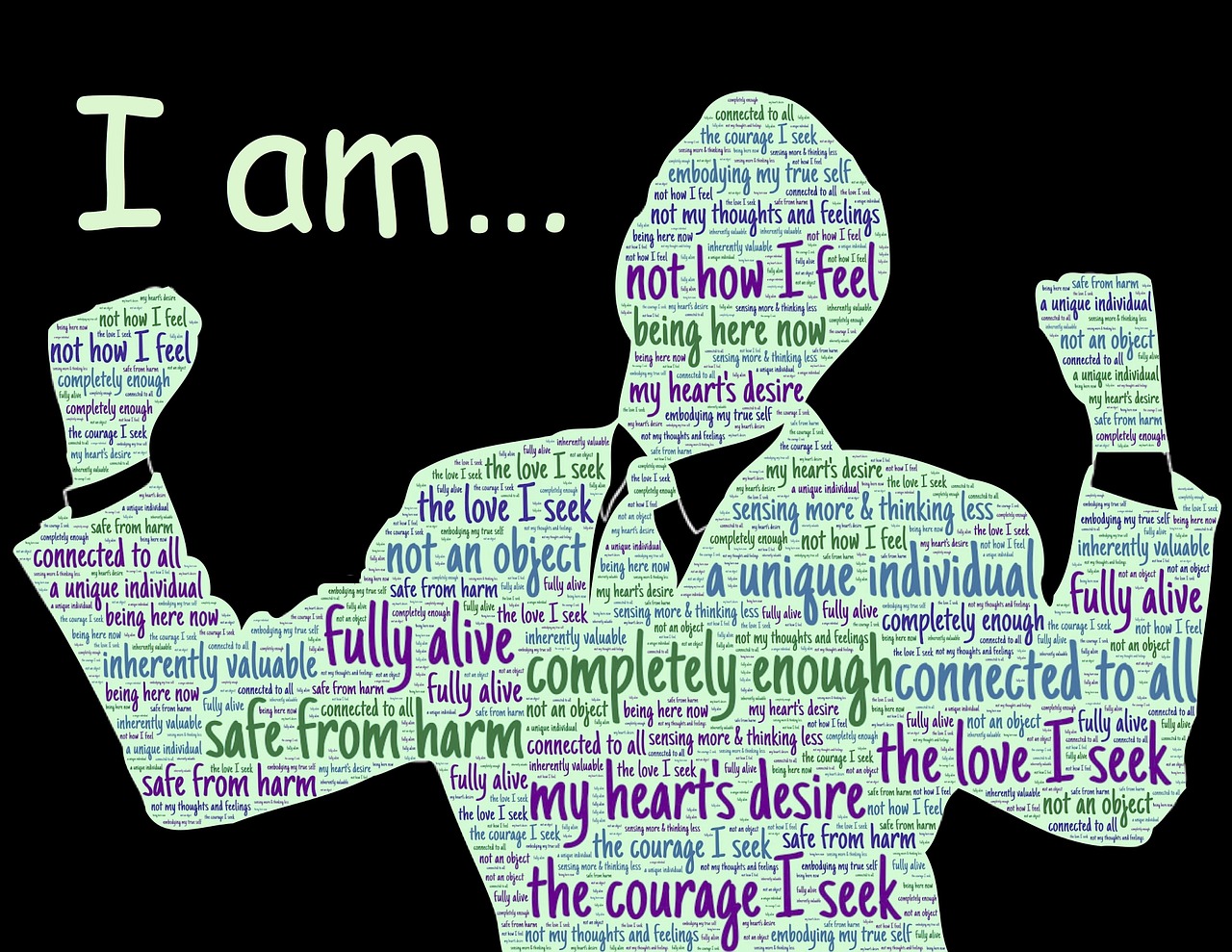Part Three in our series on the Seven Commitment Traits and Coaching Leaders.
In Part Two, we looked at coaching commitment. Next, we will discuss the third of the Seven Influence Traits™—Courage.
The Cowardly Lion
Little Toto, now that he had an enemy to face, ran barking toward the Lion, and the great beast had opened his mouth to bite the dog, when Dorothy, fearing Toto would be killed and heedless of danger, rushed forward and slapped the Lion upon his nose as hard as she could, while she cried out:
"Don't you dare bite Toto! You ought to be ashamed of yourself, a big beast like you, to bite a poor little dog!"
"I didn't bite him," said the Lion, as he rubbed his nose with his paw where Dorothy had hit it.
"No, but you tried to," she retorted. "You are nothing but a big coward."
"I know it," said the Lion, hanging his head in shame. "I've always known it. But how can I help it?"
=============
"What makes you a coward?" asked Dorothy, looking at the great beast in wonder, for he was as big as a small horse.
"It's a mystery," replied the Lion. "I suppose I was born that way. All the other animals in the forest naturally expect me to be brave, for the Lion is considered to be the King of Beasts. I learned that if I roared very loudly, every living thing was frightened and got out of my way. Whenever I've met a man, I've been awfully scared, but I just roared at him, and he has always run away as fast as he could go. If the elephants, tigers and the bears had ever tried to fight me, I would have run myself because I'm such a coward. As soon as they hear me roar, they all try to get away from me, and of course, I let them go."
"But that isn't right. The King of Beasts shouldn't be a coward," said the Scarecrow.
"I know it," returned the Lion, wiping a tear from his eye with the tip of his tail. "It is my great sorrow and makes my life very unhappy. But whenever there is danger, my heart begins to beat fast."
Many times leaders, especially new leaders are like the Cowardly Lion, face serious doubt and lack of courage.
Courage is not innate. We aren’t born with it, which is actually good news. Why? Courage can be increased through practice and coaching.
The Situation Today
We are missing courage in leadership today. Recent research by HFL found that people don’t see leaders as courageous, but rather self-serving. In fact, employees want their managers to be more courageous by being tougher on performance. However, leaders are reticent to do this because they are driven by fear, desire comfort, and lack true courage.
“Most respondents feel that their managers don’t deploy sufficient courage, urgency, or consultation in addressing key issues affecting their teams.” (Source: http://www.fastlead.com.au/_literature_139438/Courage_Chasm)
This same lack of courage paralyzes decision making on tough choices. We delay or defer decisions because we are afraid of how the decisions will be perceived.
As a general rule, most people can be characterized by their courage or lack thereof. In the business world, those who demonstrate courage stand apart as innovators, while those who display a lack of courage are viewed as “yes men” and defenders of the status quo. In the arena of world affairs, those who display courage are statesmen. Those who don’t are mere politicians.
How to Coach Courage in Others
The following actions can be taught to every leader in order to develop and display more courage.
1. Perform a Survey
Offer to facilitate an anonymous survey in the organization of the leader you coach, which is centered on the employee’s perception of leadership courage exhibited by your client. As an alternative, you can create an open response survey or session around the question, “If you could say three things to your manager without fear of consequences, what would you say?”
You want to reveal to the leader the damage being done when he/she displays inaction or fear. Then, direct the leader towards the research showing that leaders have permission to be more courageous – it is, in fact, expected by their employees.
2. Reframe Winning
Many leaders fail to exhibit courageous leadership because they are afraid of hurting the feelings of others. Front line leaders are more afraid of not leading well and letting down their team then they are about maintaining the peace. Thus, they have a reduced fear of “telling it like it is.” By revealing the results of a lack of courage, the leader can be coached into seeing that his or her failure to lead actually hurts everyone more than confrontation. Winning is not having everyone like you. Winning is moving people (in as much harmony as possible) toward a common objective that is ultimately best for everyone involved.
3. Take Courage from the Abstract
Many times, like the cowardly lion, we see courage as an abstract ability. It is not. Courage is simply the ability to make the right decision despite opposition. Helping your clients see courage in such a way makes it less scary or inaccessible to them. Courage isn’t a monumental single acquisition. It comes as you continue to make the best overall decision for the organization, even if it isn’t comfortable. In fact, the idea that we will get to the point that a difficult decision or conversation will seem easy with no corresponding angst is one of the misnomers about courage that make us feel we are not courageous. By repeatedly making strong decisions and having hard conversations, the leader’s courage becomes visible to the team, and they will grow in their respect for him or her.
4. Don’t Fear Apologizing
If leaders make a mistake or don’t handle a difficult conversation well, teach them to be willing to apologize. Otherwise, they won’t be seen as a courageous leader, but instead a narcissist. Apologizing shows the team they have self-awareness and realize their decisions affect others on the team. The blame game is one of the quickest ways to be seen as a coward.
5. Have Your Leadership Client Know Himself or Herself
There are two ways in which you can help shape leaders in their self-perception.
First, it will be difficult for leaders to have courage when they are unclear of their guiding values and principles. What do they stand for? Being attuned to who they are is like the foundation of a house. It will help hold them stable when the demands of leadership become challenging. Make sure this foundation is defined.
Second, knowing there are situations that create the tendency to cower helps the leaders you coach to realize they are in this moment. Identifying times in which they tend to exhibit this cowardly state allows them to consciously address the negative tendency. In this way, they can become more intentional about making the right decision versus the feel-good decision. This will also provide the assurance to prepare for and deal more directly with confrontation.
You, The Courage Coach
We don’t always think of courage as coachable. As a business consultant, leadership coach, life coach, or leadership consultant, this perception causes us to miss an opportunity to grow our clients in one of the most transformational areas of leadership. We do them a disservice when we skip this area of consultation and coaching. In fact, there are surprisingly few resources on the internet about coaching courage. Let us begin to better address this core influence trait. After all, the Cowardly Lion had it right:
What makes a King out of a slave? Courage.
What makes the flag on the mast to wave? Courage.
What makes the elephant charge his tusk in the misty mist or the dusky dusk? Courage.
What makes the muskrat guard his musk? Courage.
What makes the Sphinx the 7th Wonder? Courage.
What makes the dawn come up like THUNDER?! Courage.
Courage, like each of the Seven Influence Traits™, can be coached. Each of the influence traits provides you an area in which to grow your client’s influence. For more resources on coaching towards commitment or coaching for improvement in the six other traits, visit Karen-Keller.com





